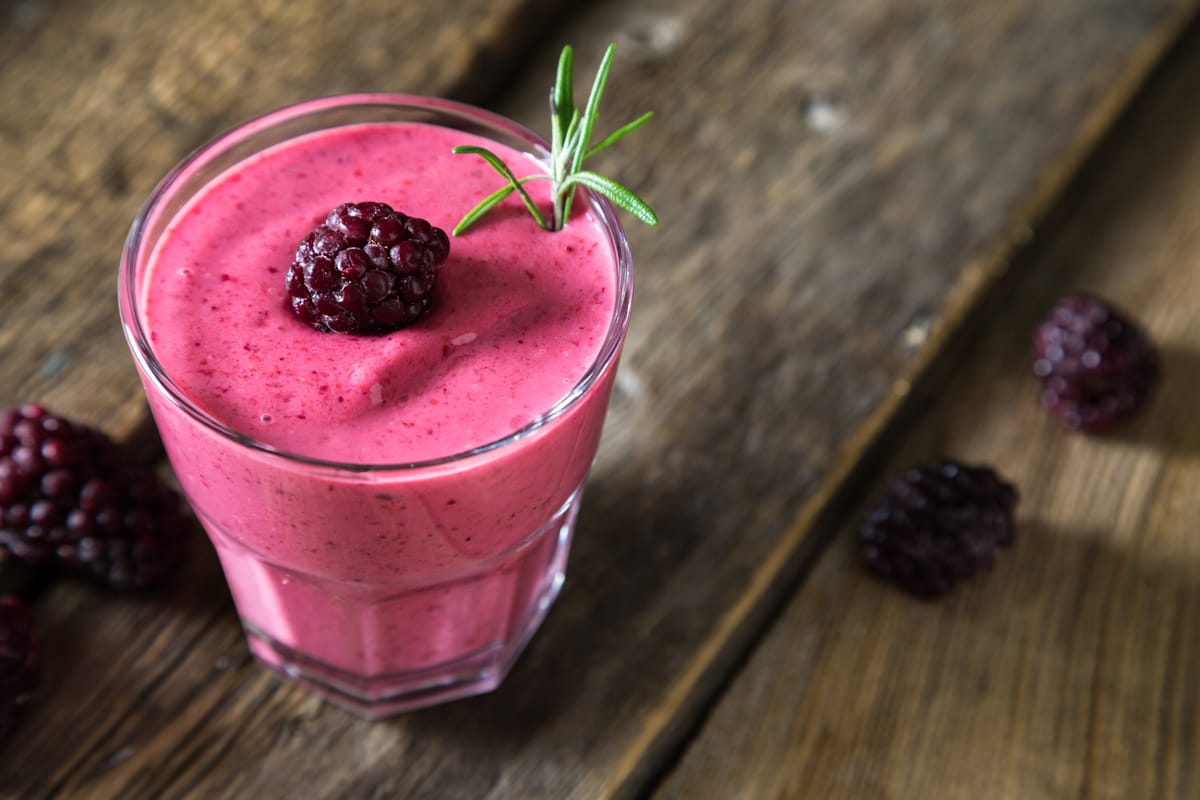With Smoothies, Healthy Living Is Smooth Sailing
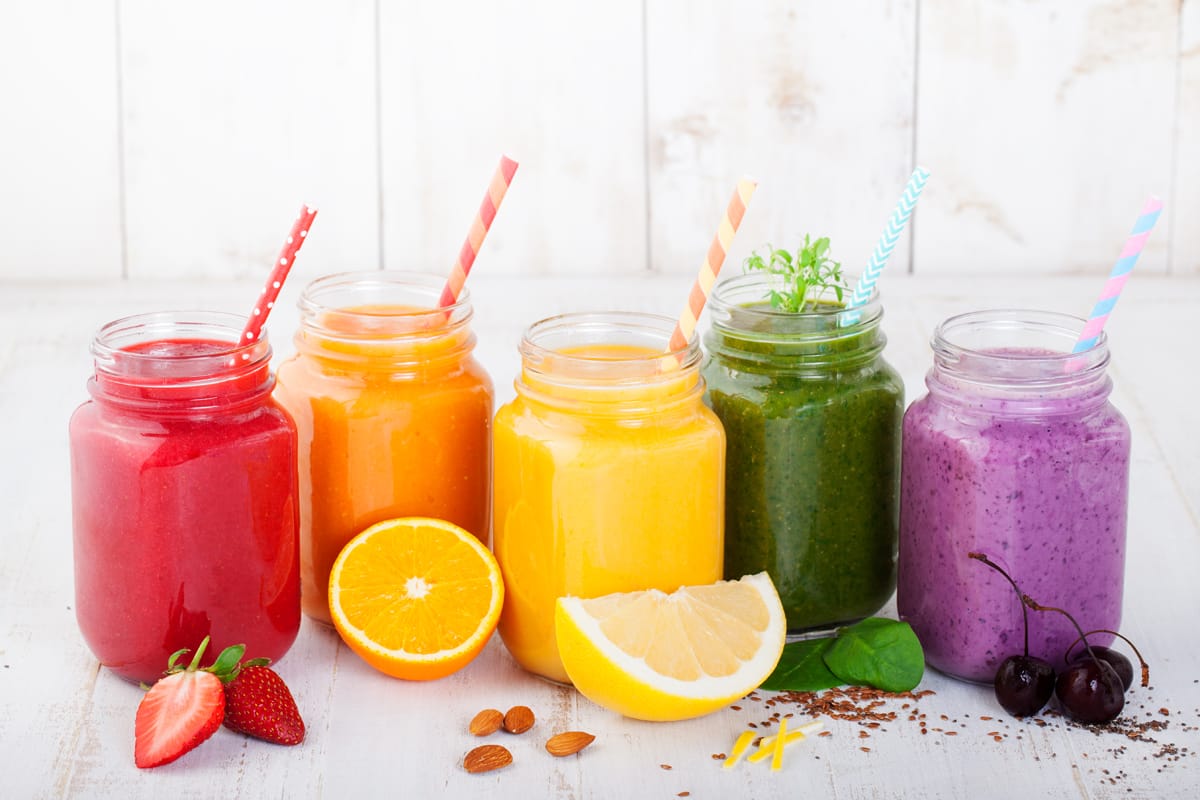
The smoothie craze is taking the world by storm and bettering our health along the way. Often a combination of fruits, veggies, nuts or seeds, yogurt and ice, smoothies are a great way to pack fiber into your diet while getting in your recommended daily vegetables. Not to mention, it can keep you cool in the process.
ORIGIN OF THE SMOOTHIE
Variations of smoothies as we know them originated in Mediterranean and Eastern cultures that served pureed fruit as refreshing beverages. But the invention of two major appliances made smoothies popular in the US: the blender and refrigerator. After Stephen Poplawski invented the first blender and after home refrigeration finally became possible, both in the 1930s, families began to experience what we now call smoothies. From the 30s to the 50s, smoothie popularity began to take shape. But it wasn’t until the health-food craze of the 60s that sent the smoothie soaring.
Bodybuilder Jack Lalanne was the first celebrity to tout smoothies’ nutritional values. In fact, he opened the very first health and fitness club that sold them, along with juices, too. In addition, Steven Kuhnau was a regular guy who wanted to enjoy milkshakes but was unable because of his lactose intolerance. So, he began blending fruits and juices together, discovering how tasty smoothies could be. Eventually, Kuhnau opened his own health food store called “The Smoothie King,” which is now what we know as the large “Smoothie King” franchise today.
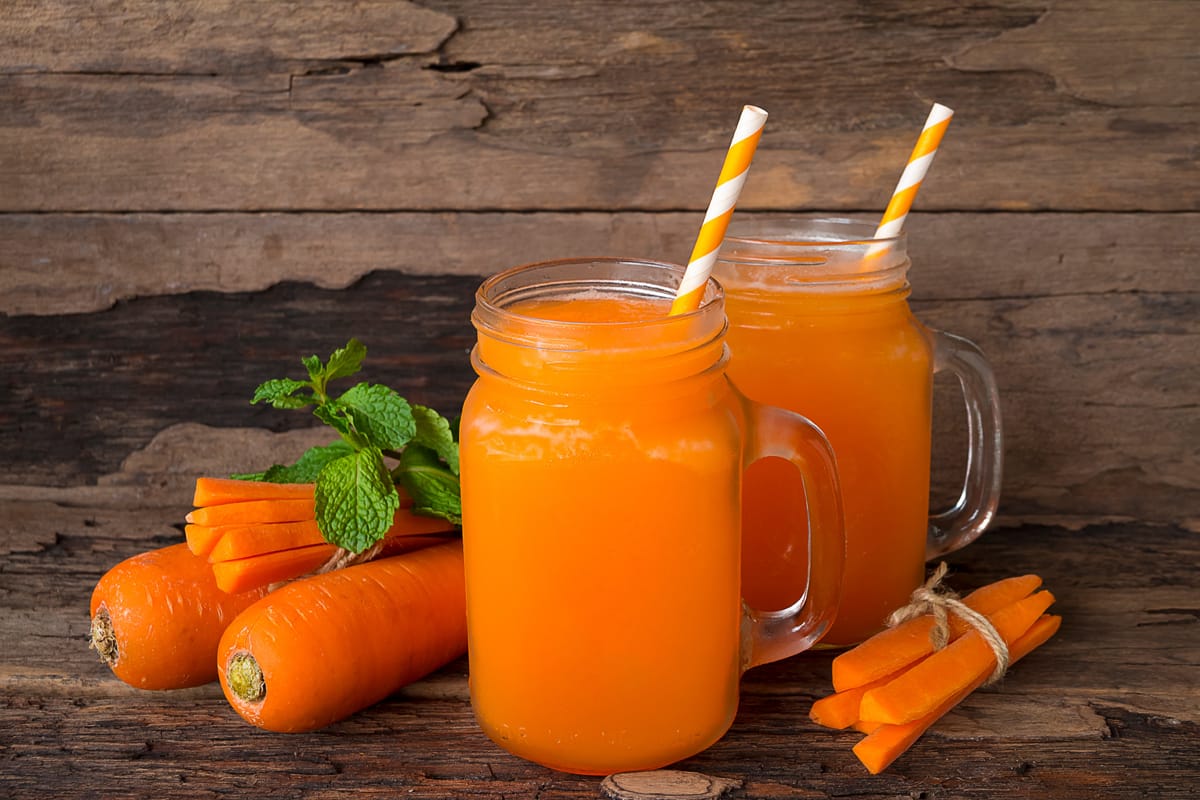
HEALTH BENEFITS
Fruit smoothies have a plethora of incredible health benefits. Smoothies’ drinkable nature makes nourishing your body with essential nutrients easier and more efficient. The health benefits of each individual smoothie will depend on the ingredients you choose—of which there are many. There are six categories of fruits: citrus, berries, tropical, drupes, pomes and melons. Here’s what they can do for you:
Citrus – high in vitamin C, potassium and folate (grapefruit, oranges, lemons)
Berries – inflammation-fighting antioxidants, disease-fighting phytonutrients (blueberries, strawberries, raspberries)
Tropical – high in vitamin C and manganese which keeps your bones and blood sugar healthy (papaya, kiwi, pineapple)
Drupes – high in beta carotene, potassium and vitamin C (cherries, peaches, plums)
Pomes – high in vitamin C and potassium (apples and pears)
Melons – adequate vitamin C content (watermelon, cantaloupe, casaba)
Your daily fiber intake is vital to the health of your gut biome, and smoothies are excellent for hitting your daily recommendation (25 grams for women, 38 for men). In addition, fruit’s soluble fiber helps slow digestion, helping control blood sugar and lower cholesterol.
But why stop at fruit? Adding veggies to your smoothie is an excellent way to bring more yummy nutrients to the party. One of the most popular additives is spinach because it blends well and has relatively no taste when pitted against pineapple or strawberry. Spinach is an excellent source of many vitamins, particularly A, C and K1. Also, it has a high concentration of folic acid, iron and calcium. While iron helps produce hemoglobin (brings oxygen to your body’s tissues), calcium benefits your bone health and keeps your nervous system, heart and muscles in tip-top shape.
And if you’re feeling frisky, it might not be such a bad idea to add soaked chia seeds into the mix. They’re small seeds that pack a punch with omega-3 fatty acids, fiber, antioxidants and calcium. Read up more on how to soak your chia seeds and get the most out of them!
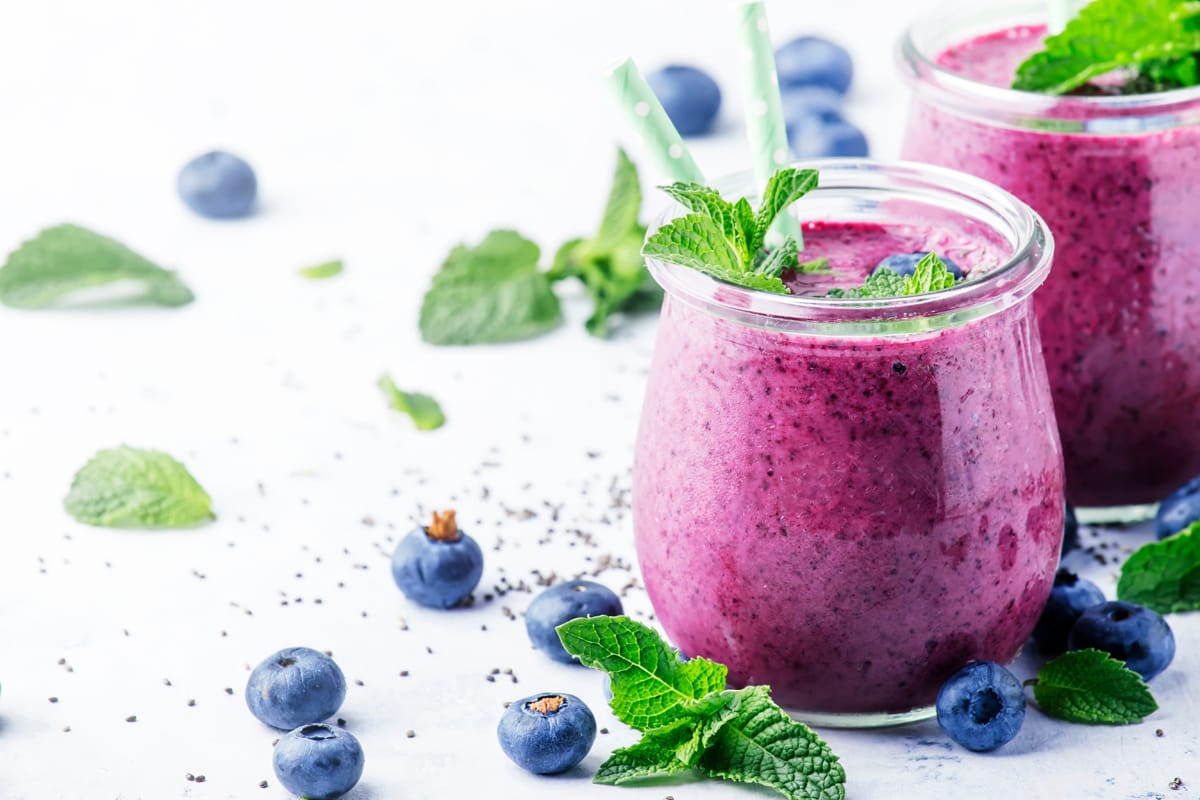
TASTE FOR YOURESELF
To make a smoothie, you need a few things: fruits or veggies (or both!), a base and ice. By base, we mean yogurt, milk, milk alternative, or just good ‘ol plain water (we recommend Primo® Water). And a quick note about ice: if you’re someone who cares where their water comes from, then make sure your ice comes from a quality source, too. Here are a few recipes to try that hit the full smoothie spectrum:
STRAWBERRY KIWI (NON-DAIRY)
- 1 cup strawberries
- ½ cup kiwi
- ½ cup Primo® Water
- 2 cups ice (made with Primo!)
Blend all ingredients together on high until smooth. Serve immediately and enjoy!
TROPICAL
- ½ cup frozen mango
- ½ cup frozen strawberries
- ½ cup ice
- ½ frozen banana
- ¼ cup milk (or milk alternative)
- ¼ cup Primo® Water
- Splash of orange juice
- ½ teaspoon honey (optional)
Combine all ingredients together in a blender and blend on high until smooth. Pro tip: add the honey last so it incorporates better. Serve immediately and enjoy!
GREEN
- 1 banana
- 1 cup milk (or milk alternative)
- 1 cup kale
- 2 tablespoons peanut butter
- ¼ teaspoon ground cinnamon
- ½ cup ice
Blend all ingredients together in a blender on high until smooth. Serve immediately and enjoy!
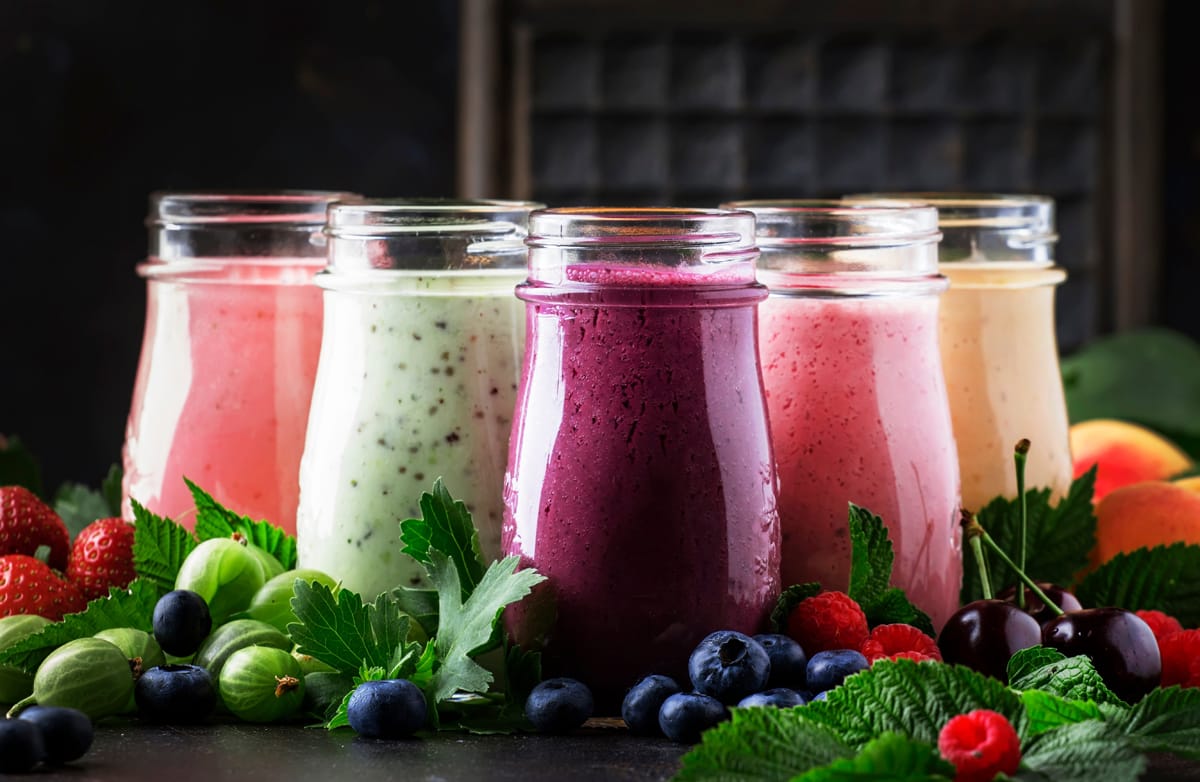
MASTER THE BASE-ICS
It’s one thing if you’re using milk, but if you’re choosing water as your base, be careful. Taps across America are riddled with nasty microorganisms and contaminants that do far more harm than good. So, take the worry out of your water and opt for Primo® Water instead. Our water undergoes a 5-step Reverse Osmosis (RO) purification system that eliminates all trace pharmaceuticals, heavy metals, harmful microorganisms and more. Find Primo near you and make sure your smoothie experience is…well…smooth!
It’s no doubt that smoothies are an awesome, health-conscious option for those who are on the go. But at its roots, smoothies were invented as a health-conscious option, period. So making them with Primo, a company that prioritizes healthy habits, should be a no-brainer.
